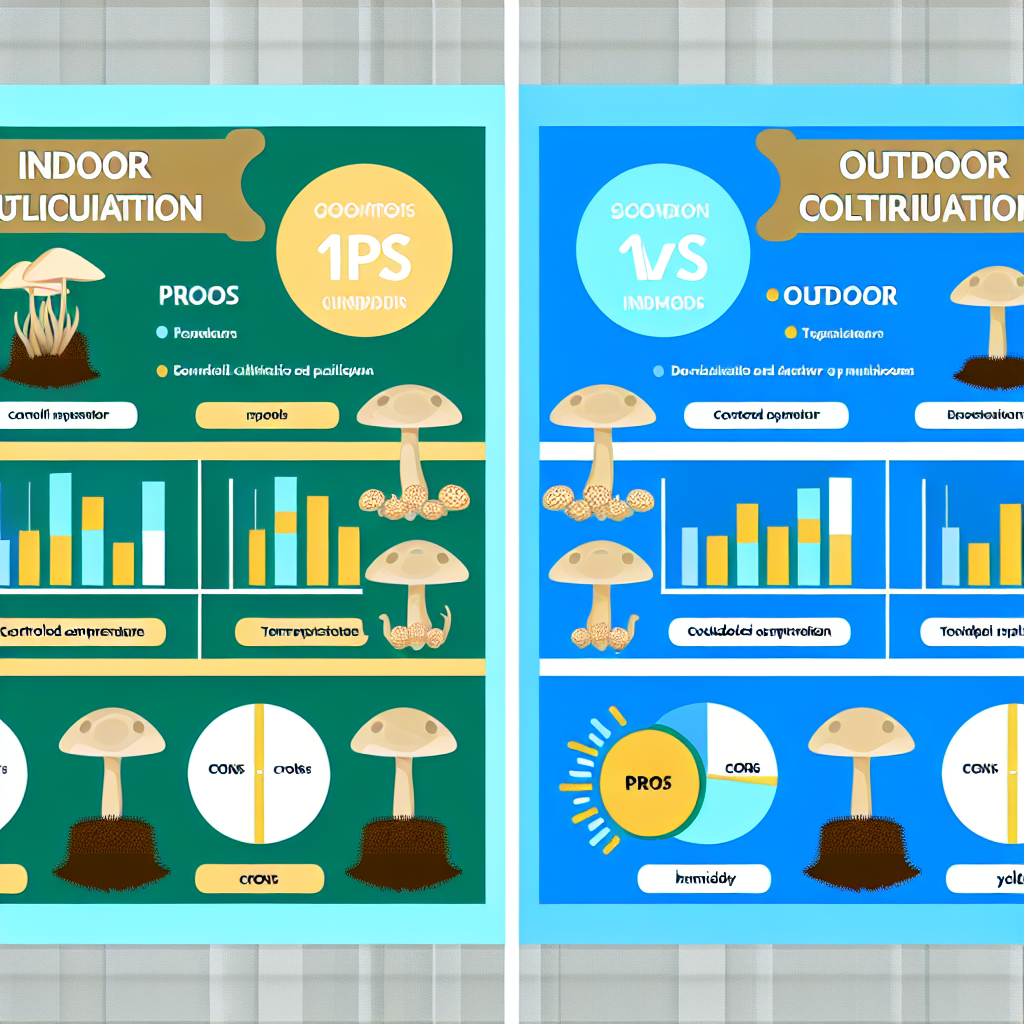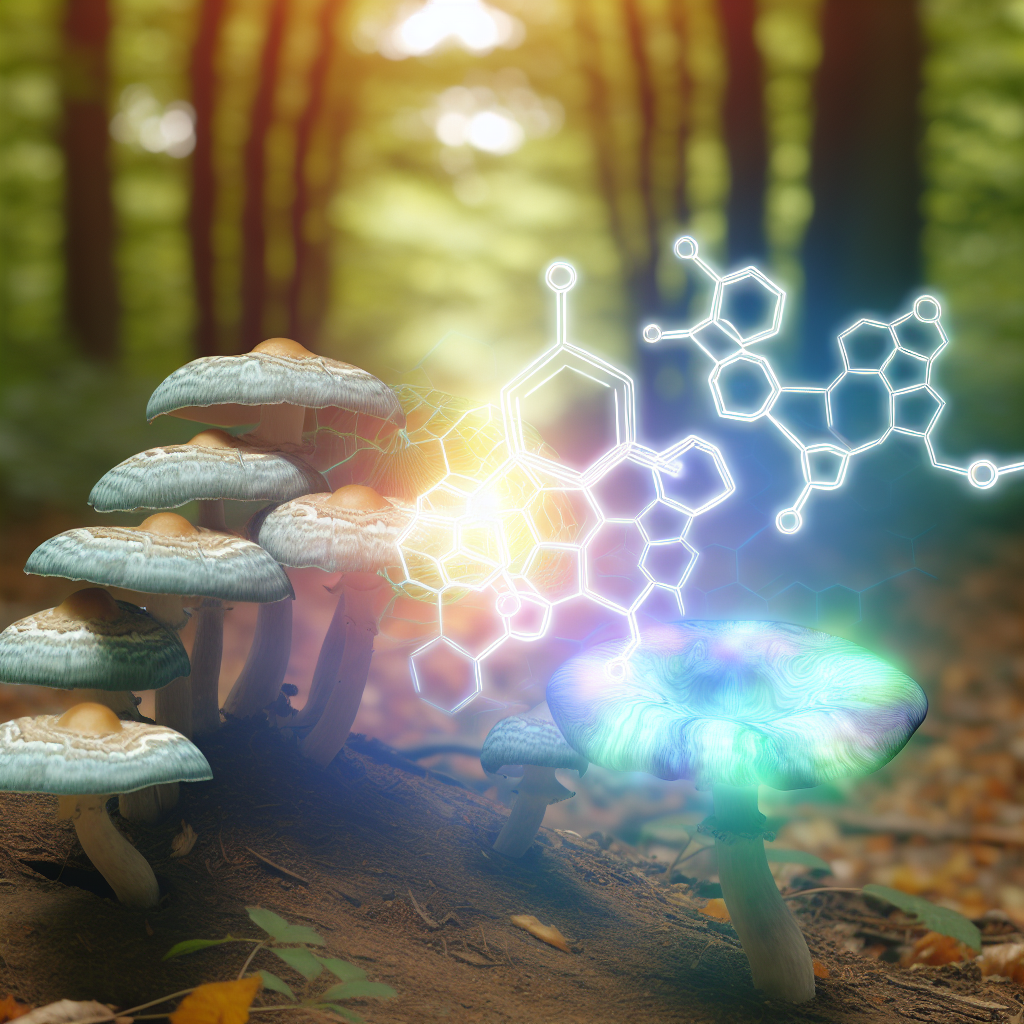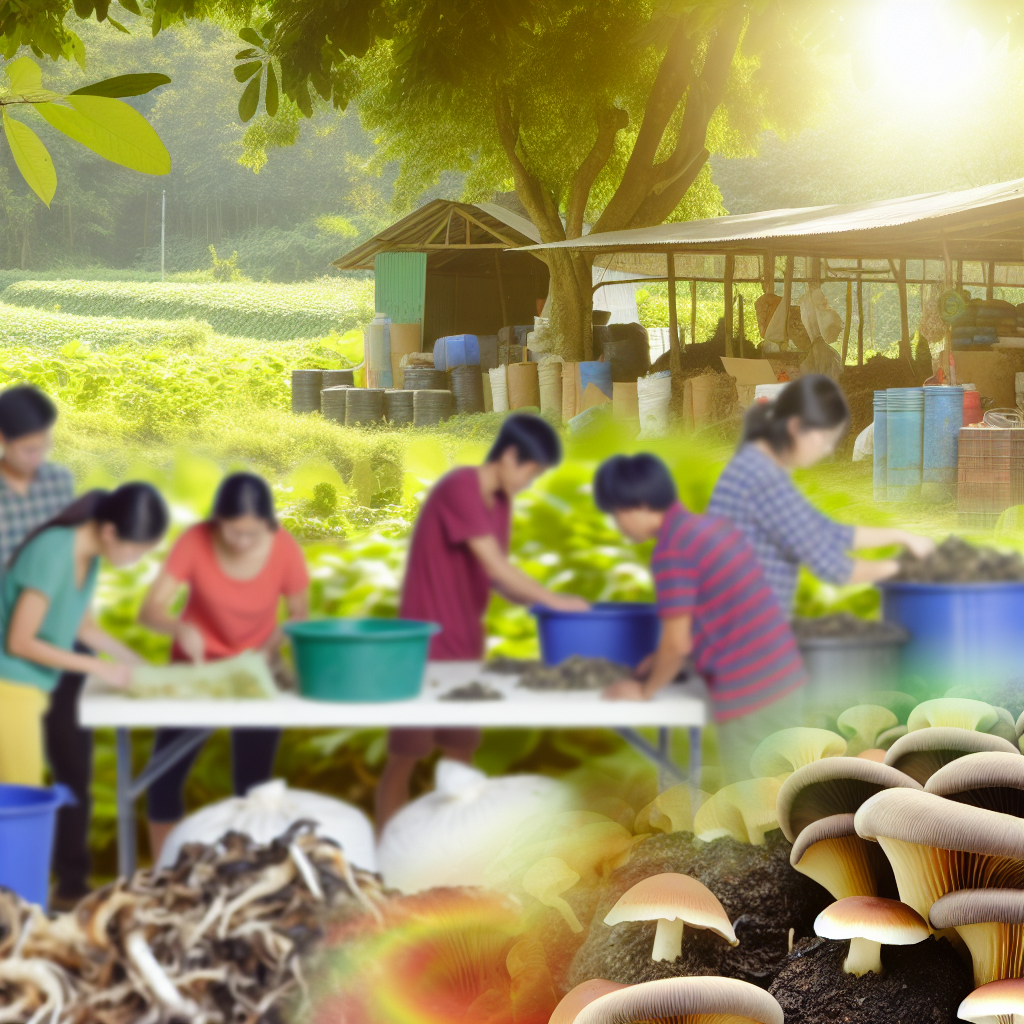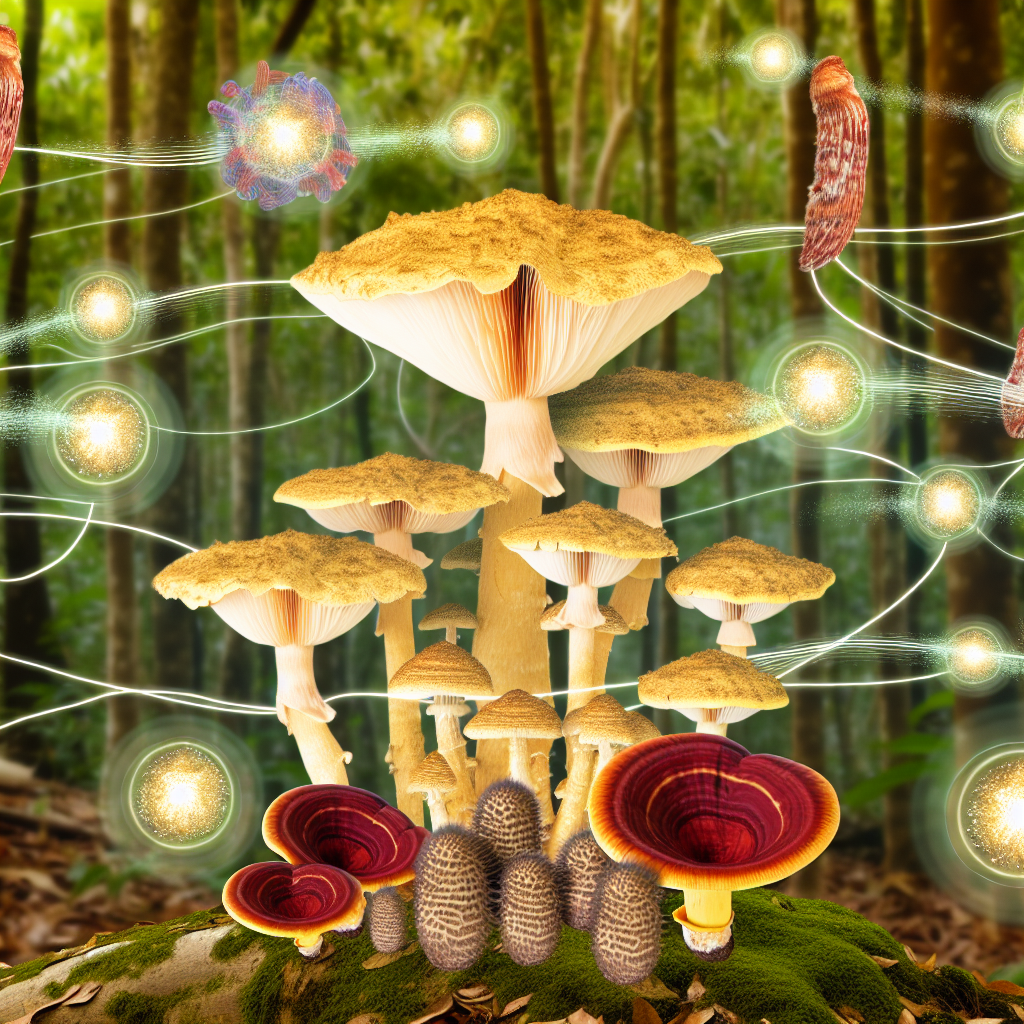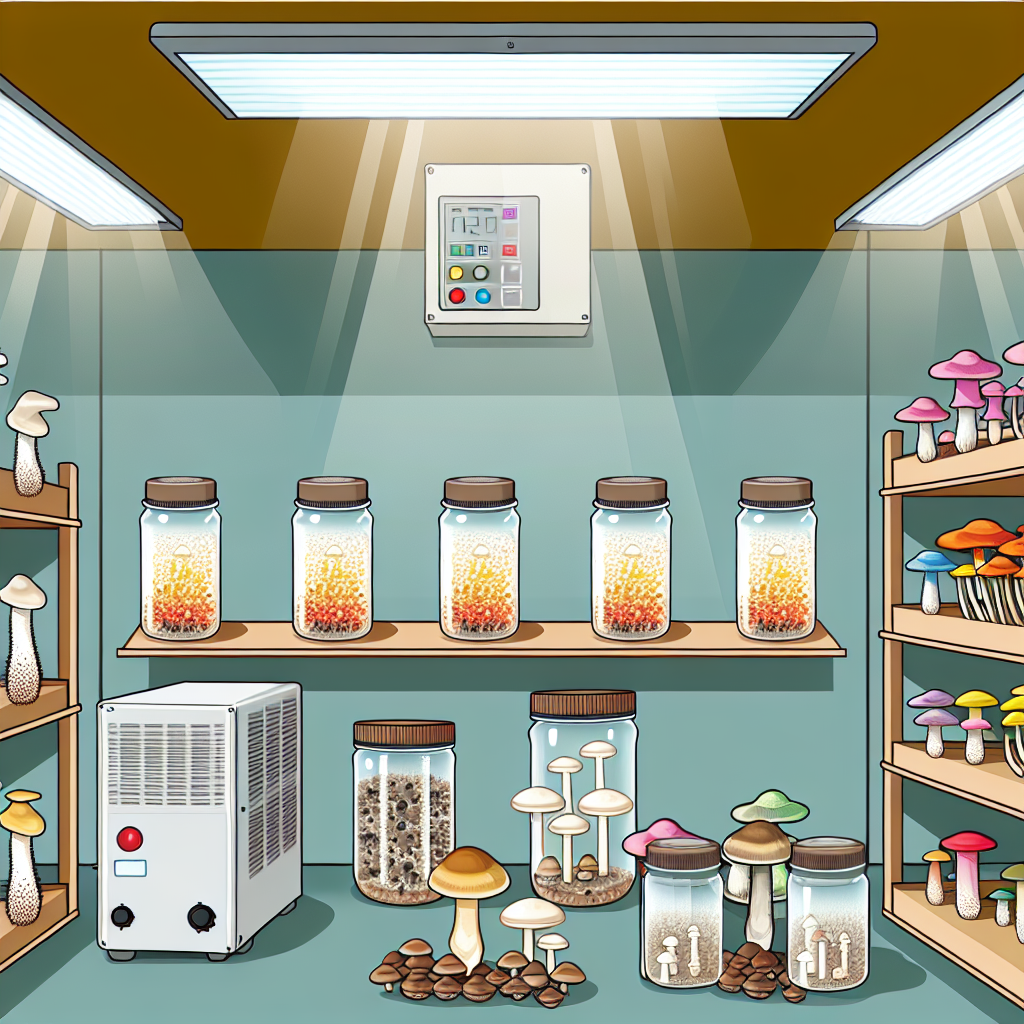Indoor vs. Outdoor Psilocybin Cultivation: Pros, Cons, and Yield Comparisons
Published: [Insert Date]
Categories: Psychedelic Therapy, Mushroom Cultivation, Mental Health, Alternative Medicine
The resurgence of interest in psilocybin mushrooms, especially in the realms of therapeutic medicine and mental wellness, has placed considerable focus on methods of cultivation. As researchers, psychonauts, and wellness advocates delve deeper into the benefits of psilocybin, more individuals are exploring the potential of growing these medicinal fungi at home or in controlled environments. A key consideration in this pursuit is the cultivation method: indoor versus outdoor.
Psilocybin mushrooms—commonly referred to as “magic mushrooms”—contain the psychoactive compound psilocybin, which has demonstrated potential in clinical settings as a treatment for depression, PTSD, anxiety, and addiction. As accessibility to psilocybin slowly increases due to decriminalization and legalization efforts in select jurisdictions, understanding optimal cultivation practices becomes essential for a growing community of enthusiasts and medicinal users.
Indoor and outdoor cultivation approaches each offer distinct advantages, challenges, and outcomes. Which is best? That depends largely on your goals, resources, and environmental conditions.
Indoor Cultivation: Precision, Privacy, and Year-Round Growth
Indoor cultivation typically occurs in sterilized, tightly controlled environments, often using grow kits, sterilized substrates, and artificial lighting. This setup is often the go-to choice for home growers, especially those in urban areas or regions where discretion is essential due to legal restrictions.
Pros:
- Controlled temperature, humidity, and light cycles ensure consistent results
- Year-round cultivation regardless of external climate
- Lower risk of contamination and pests when sterile practices are followed
- Easy to isolate and standardize specific strains and potency levels
Cons:
- Higher upfront costs for equipment, substrates, and lighting
- Requires electricity and constant monitoring
- Limited scalability for larger harvests
Indoor cultivation is particularly appealing for those looking to produce pharmaceutical-grade mushrooms with consistent psilocybin concentrations—essential for therapeutic use and research trials.
Outdoor Cultivation: Natural Optimization and Ecological Harmony
Outdoor cultivation more closely mimics the mushrooms’ natural environment. Growers typically utilize garden beds, woodchips, straw, or compost bases, relying on favorable weather patterns and natural humidity to encourage growth.
Pros:
- Greater yields when conditions are favorable
- Lower startup costs—sunlight and soil are free
- Environmentally sustainable and low energy consumption
- Potential for unique secondary metabolites due to natural interactions
Cons:
- Seasonally restricted based on local climate
- Higher exposure to pests, contaminants, and unpredictable weather
- Less control over potency and strain isolation
Outdoor growers often embrace the variability and ecological benefits associated with this method. It’s also the preferred method for communal or indigenous-style use, where a deeper connection with nature is part of the therapeutic process.
Yield and Quality: What the Science Says
Recent research has helped to demystify the outcomes of each cultivation method. According to a 2021 study in the Journal of Natural Products, indoor-grown mushrooms tend to deliver more consistent levels of psilocybin—key for therapeutic dosing and clinical applications. This makes indoor cultivation the go-to method for pharmaceutical and academic institutions.
Meanwhile, a 2023 report from the Botanical Research Institute of Texas points out that outdoor-grown mushrooms may develop secondary metabolites not commonly found in controlled environments. These compounds may enhance the therapeutic “entourage effect,” similar to that observed in cannabis research.
An additional study from the International Journal of Fungal Biology found that when weather conditions align, outdoor mushrooms can produce significantly higher biomass compared to those grown indoors, offering a cost-effective solution for bulk harvests—though with less predictable potency.
Genetic engineering techniques like CRISPR are currently being tested indoors to selectively enhance psilocybin-producing strains. Indoor environments offer the sterility and consistency needed for such advanced cultivation innovations, reinforcing their importance in the medicalization path of psychedelics.
Therapeutic Contexts: Choosing the Best Cultivation Path
In a world where psilocybin is increasingly viewed through a therapeutic lens, the method of cultivation becomes intrinsically important. Clinical trials at Johns Hopkins University and Imperial College London emphasize the need for reproducible, contaminant-free psilocybin sources—conditions only achievable with tightly controlled, indoor growing systems.
However, traditional healers, shamanic practitioners, and proponents of microdosing often prefer outdoor-grown mushrooms for their perceived spiritual resonance and ecological synergy. These practices emphasize holistic healing that goes beyond standardized measurements and into the realm of lived, personal experiences.
Ultimately, your cultivation choice should align with your intended use:
- Clinical or Therapeutic Use: Indoor cultivation provides necessary precision and safety.
- Personal Wellness or Spiritual Exploration: Outdoor methods can connect you more deeply with natural processes.
- Large-Scale Community Distribution: Outdoor, when feasible, may produce higher yields at a lower cost.
Final Thoughts: A Fungus for Every Function
Whether cultivated indoors or outdoors, psilocybin mushrooms offer significant potential for mental health treatment and wellness support. Indoor cultivation supports consistency, safety, and year-round harvesting—crucial in therapeutic applications. Outdoor cultivation, while less controlled, aligns with sustainability and traditional growing methods that may offer unexpected synergistic benefits.
The ideal approach depends on the grower’s goals, climate considerations, and end-purpose. As scientific studies unveil more about this remarkable fungus, both methods will play critical roles in shaping how psilocybin is integrated into modern medicinal and spiritual paradigms.
References and Further Reading
- FDA Grants Breakthrough Therapy Designation to Psilocybin for Depression
- Journal of Natural Products – Psilocybin Quantification in Cultivated Versus Wild-Crafted Mushrooms
- Botanical Research Institute of Texas
- International Journal of Fungal Biology
- Johns Hopkins Center for Psychedelic and Consciousness Research
- Imperial College London – Center for Psychedelic Research
Interested in learning more about psilocybin cultivation and its therapeutic potential? Subscribe to our blog or follow us on social media for weekly insights.
Summary:
The article explores the pros, cons, and scientific findings of indoor versus outdoor cultivation of psilocybin mushrooms. It discusses how indoor cultivation provides more consistent results and is preferred for therapeutic and clinical applications, while outdoor cultivation can yield higher biomass and unique secondary metabolites. The choice ultimately depends on the grower’s goals, resources, and intended use – whether for medical, wellness, or spiritual purposes.

Dominic E. is a passionate filmmaker navigating the exciting intersection of art and science. By day, he delves into the complexities of the human body as a full-time medical writer, meticulously translating intricate medical concepts into accessible and engaging narratives. By night, he explores the boundless realm of cinematic storytelling, crafting narratives that evoke emotion and challenge perspectives. Film Student and Full-time Medical Writer for ContentVendor.com
